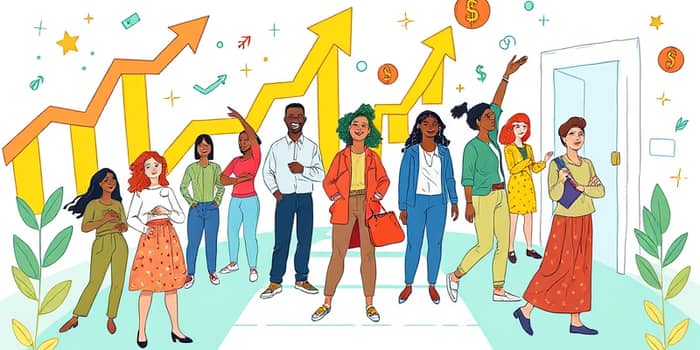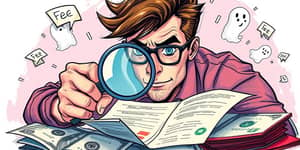
Being turned down by banks for a personal loan can feel defeating, but it doesn’t have to be the end of the road. With the right knowledge and strategy, you can find workable solutions that match your financial situation.
In 2025, borrowers with scores below 640 are often shut out of mainstream lending. A significant portion of personal loan debt—averaging $11,631 per borrower—resides in this subprime category. While default rates are improving, personal loan accounts are 60+ days delinquent in 3.49% of cases, reflecting a modest improvement over the past year.
Understanding the norms of APR by credit tier can help you set realistic expectations before you apply.
When APRs soar above 100%, borrowing can become a dangerous cycle. A clear view of these rates helps you decide if a loan is worth pursuing or if alternatives make more sense.
Banks evaluate applicants based on the “5 Cs” of credit: credit history, cash flow, collateral, character, and documentation. Without strong performance in each area, approval is unlikely.
Poor credit history and unstable income are dealbreakers. Even a small business or secured loan often requires a solid personal credit record. A simple tip before applying: get your credit report, correct errors, and build or reinforce positive payment history over a few months.
Missing documentation or shaky cash flow can delay decisions or lead to outright denial. Understanding a bank’s criteria upfront can save time and preserve your credit from unnecessary hard inquiries.
If banks won’t budge, several online lenders specialize in subprime borrowers. Many platforms offer soft pulls for prequalification, so you can shop rates without damaging your credit.
Credit unions also offer value. Through Payday Alternative Loans (PALs), nonprofit unions extend small loans up to $2,000 at capped rates, repayable over 1–12 months. These are far cheaper and less risky than payday loans.
Short-term paycheck advance apps provide small cash infusions tied to your next paycheck. While more transparent than traditional payday loans, they should be used sparingly to avoid compounding debt.
Secured loans—backed by assets like vehicles or savings accounts—can earn lower rates and higher approval odds. However, any default places your collateral at risk.
Always verify a lender’s license and reputation. Trusted financial sites and customer reviews can screen out unlicensed or unethical operators.
Loans are not the only path out of financial trouble. You can often negotiate directly with your creditor to lower interest rates or extend payment deadlines. Many creditors prefer working out a plan rather than risk default.
Credit counseling agencies—especially nonprofit ones—offer structured debt management plans at minimal cost. Avoid for-profit “debt relief” firms that charge steep fees for guidance you can obtain for free.
If student loans are part of your stress, federal servicers provide hardship programs, income-driven repayment, and deferments that private lenders cannot match.
By following these strategies, you not only improve your approval odds but also position yourself for future credit improvements.
Facing the bad credit blues can be stressful, but it doesn’t have to define your financial future. By arming yourself with accurate data on APRs, exploring alternative lenders, leveraging non-loan solutions, and adopting smart application tactics, you can navigate rejection and find workable funding.
Every journey to better credit starts with informed decisions. Choose lenders wisely, understand the true cost of borrowing, and explore non-loan relief where possible. With persistence and strategic planning, you can overcome bank denials and rebuild a stronger credit profile for tomorrow.
References













